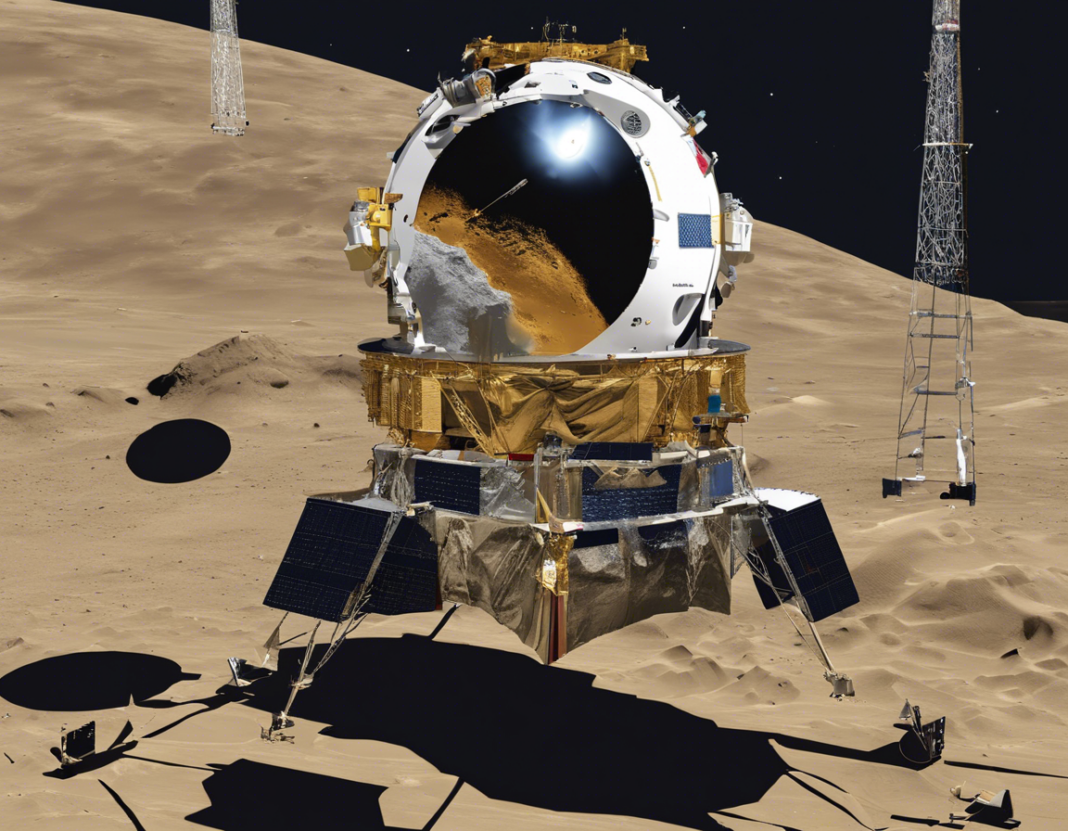India’s Chandrayaan 3 mission is on the horizon, and space enthusiasts across the globe are eagerly anticipating its success. Following the previous Chandrayaan missions’ achievements, Chandrayaan 3 aims to further advance India’s space exploration endeavors and contribute valuable insights to the scientific community. Led by the Indian Space Research Organisation (ISRO), Chandrayaan 3 promises groundbreaking discoveries and technological advancements in the realm of lunar exploration.
In this comprehensive blog post, we delve into the significance of Chandrayaan 3, its key objectives, the technologies involved, and what we can expect from this ambitious mission. Let’s explore the future of Indian space exploration as we send our best wishes for the success of Chandrayaan 3!
The Significance of Chandrayaan 3
Chandrayaan 3 holds immense significance not only for India but for the global space exploration community. Building on the successes of Chandrayaan 1 and Chandrayaan 2, this mission aims to further our understanding of the Moon’s surface composition, mineralogy, and topography. By analyzing lunar samples and conducting experiments, Chandrayaan 3 will contribute vital data to ongoing scientific research and potential future lunar missions. This mission also symbolizes India’s prowess in space technology and its commitment to pushing the boundaries of exploration.
Key Objectives of Chandrayaan 3
-
Soft Landing on the Lunar Surface: One of the primary objectives of Chandrayaan 3 is to achieve a successful soft landing on the Moon. Learning from past missions, ISRO has refined its landing technology to ensure a precise and safe touchdown.
-
Lunar Surface Exploration: Chandrayaan 3 will deploy instrumentation to analyze the lunar surface, including its geological features, mineral composition, and presence of water ice. These findings will enhance our understanding of the Moon’s evolution and its potential resources for future exploration.
-
Sample Collection and Analysis: The mission includes collecting lunar samples for analysis, providing valuable insights into the Moon’s history and geology. By studying these samples, scientists can unravel mysteries about the Moon’s formation and its relationship to Earth.
Technologies Involved in Chandrayaan 3
-
Lander and Rover: Chandrayaan 3 will comprise a lander and rover, designed to operate on the lunar surface autonomously. These sophisticated robotic systems are equipped with scientific instruments to conduct experiments and gather data.
-
Communication Systems: To facilitate communication between Earth and the lunar mission, advanced communication systems are crucial. Chandrayaan 3 will rely on robust communication protocols to transmit data and receive commands from ISRO’s ground stations.
-
Navigation and Guidance Systems: Precise navigation and guidance are essential for a successful lunar landing. Chandrayaan 3 incorporates state-of-the-art navigation systems to ensure the lander reaches its designated landing site with accuracy.
What to Expect from Chandrayaan 3
-
High-Resolution Imaging: Chandrayaan 3 is expected to capture detailed images of the lunar surface, providing insights into its topography and geological features.
-
Scientific Discoveries: The mission is likely to yield significant scientific discoveries related to the Moon’s composition, presence of water ice, and potential resources for future exploration.
-
Technological Advancements: Chandrayaan 3 will demonstrate India’s technological capabilities in space exploration, paving the way for future missions to the Moon and beyond.
Frequently Asked Questions (FAQs) about Chandrayaan 3
-
When is the Chandrayaan 3 mission expected to launch?
Chandrayaan 3 is scheduled to launch in late 2022 or early 2023, pending final preparations and approvals. -
What is the primary goal of Chandrayaan 3?
The primary goal of Chandrayaan 3 is to achieve a successful soft landing on the lunar surface and conduct scientific experiments to enhance our understanding of the Moon. -
How does Chandrayaan 3 differ from Chandrayaan 2?
Chandrayaan 3 focuses on a successful soft landing, whereas Chandrayaan 2 faced challenges during its landing attempt. The mission objectives and technological aspects have been refined based on past learnings. -
What are the main scientific instruments onboard Chandrayaan 3?
Chandrayaan 3 will carry instruments for analyzing the lunar surface, detecting minerals, and collecting samples for further study. -
How long will Chandrayaan 3 operate on the Moon’s surface?
The mission duration on the lunar surface is expected to be approximately one lunar day, equivalent to 14 Earth days. -
What are the potential benefits of Chandrayaan 3 for future lunar exploration?
Chandrayaan 3’s findings could provide valuable insights into lunar resources, geological processes, and aid in planning future manned or robotic missions to the Moon. -
Will Chandrayaan 3 contribute to international collaborations in space exploration?
Yes, Chandrayaan 3’s data and findings will be shared with the global scientific community, furthering international collaborations in lunar research. -
How will Chandrayaan 3 communicate with Earth during its mission?
Chandrayaan 3 will use advanced communication systems to transmit data and receive commands through ISRO’s ground stations. -
What challenges does Chandrayaan 3 face during its mission?
Chandrayaan 3 faces challenges related to the precision of its landing, autonomous operations on the lunar surface, and successful data transmission back to Earth. -
What impact will Chandrayaan 3 have on India’s space exploration capabilities?
Chandrayaan 3 will enhance India’s reputation as a key player in space exploration and showcase its advancements in technology, research, and lunar exploration expertise.
As we eagerly await the launch and success of Chandrayaan 3, let us send our best wishes to the dedicated team at ISRO and celebrate India’s continued contributions to the exploration of outer space. Here’s to a successful mission and the exciting discoveries that lie ahead on the lunar surface!

